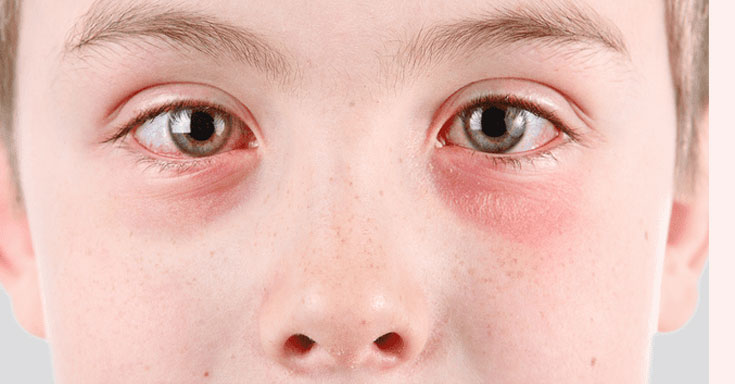
Diagnosing & Treating Pink Eye Online
Pink eye is one of the most common conditions doctors on TelaCare treat. Pink eye occurs when microorganisms, such as bacteria and viruses, get into your eye and cause inflammation. There are three main types of pink eye:
- Infectious conjunctivitis
- Allergic conjunctivitis
- Chemical conjunctivitis
Infectious conjunctivitis is the only type of pink eye that is contagious, although, there are many types of infectious conjunctivitis including:
- Bacterial conjunctivitis
- Viral conjunctivitis
- Neonatal conjunctivitis
- Herpes simplex conjunctivitis
- Epidemic keratoconjunctivitis
While there are many types of pink eye, bacterial conjunctivitis and viral conjunctivitis are the most common. Bacterial conjunctivitis is caused by bacteria that infects the eye. The bacteria can be spread through contact with an infected individual, exposure to contaminated surfaces or other illnesses, such as sinus or ear infections. Viral conjunctivitis is an airborne virus that is highly contagious and can be spread through sneezing and coughing. Viral conjunctivitis also can accompany common viral upper respiratory infections such as measles, the flu or the common cold. (see FAQ's below for descriptions about other types of pink eye)
Our platform has an image upload feature that is extremely helpful for both providers and patients. With this feature, our physicians can get a precise, detailed look at your pink eye before the visit even begins. This feature is very useful for all patients, especially for those that wear makeup – you can take a picture when you have a clean face, save it and upload before your visit!
During a video consult on TelaCare, your doctor will ask you a series of targeted questions to determine what type of pink eye you have. The doctor might also ask you to shine a light on your eye for better visibility and inquire about past treatments you have had for pink eye. With our video capabilities, you can bring your phone, tablet or desktop with video close to your eye, so your provider can get a clear view of the illness.
Once a diagnosis has been made, your doctor will go over the risks and benefits of the various treatment plans. Depending on the cause and your severity, your treatment plan may include a combination of:
- Warm compresses
- Allergy medications
- Over-the-counter eye drops
- Or prescription eye drops



